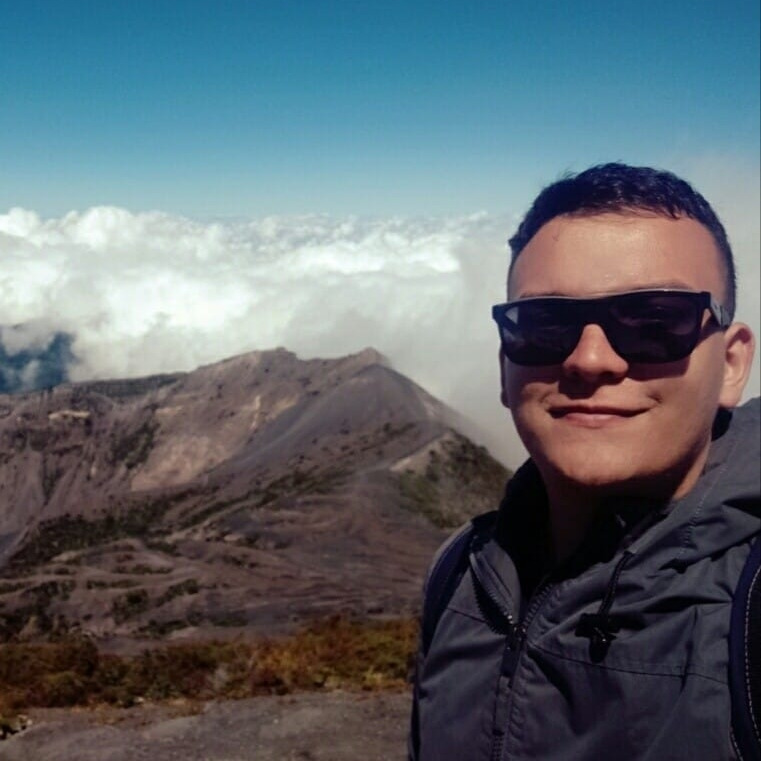Preprint
Article
Improving the Efficiency of Production of Lambari and Diet Assimilation Using Integrated Aquaculture With Benthic Species
Altmetrics
Downloads
303
Views
394
Comments
0
A peer-reviewed article of this preprint also exists.
This version is not peer-reviewed
Submitted:
03 August 2021
Posted:
04 August 2021
Read the latest preprint version here
Alerts
Abstract
A single farmed fish species assimilate about 20% of the nutrients in the supplied diet. This study evaluated if the culture of complementary ecological-function species can recover nutrients dispersed into the water and transform them into high-valued biomass. A completely randomized experiment was designed with three treatments and four replications of each production system: monoculture of lambari (Astyanax lacustris); integrated aquaculture of lambari and Amazon river prawn (Macrobrachium amazonicum); and integrated aquaculture of lambari, Amazon river prawn, and curimbatá (Prochilodus lineatus). Fingerlings of lambari (0.8 ± 0.8 g) were stocked in twelve earthen-ponds (0.015 ha) at the density of 50 fish m-2. Eight ponds, were stocked with juveniles of Amazon river prawn (1.1 ± 0.2 g) at the density of 25 prawn m−2. Four of these eight ponds were stocked with curimbatá fingerlings (0.2 ± 0.1 g) at a density of 13 fish m-². Only lambari was fed twice a day with an extruded commercial diet. The experiment lasted 60 days when lambari attained commercial size. The inclusion of prawn increased the total species yield from 1.8 to 2.4 t ha-1cycle-1 and reduced the FCR from 2.5 to 1.8, whereas The inclusion of prawn and curimbatá increased the total yield to 3.2 t ha-1cycle-1 and reduced the FCR to 1.4. Therefore, the integrated culture of lambari, prawn, and curimbatá improves the use of space, water, feed, and benthic species can recover the large quantity of nutrients accumulated in the bottom of lambari pond production, converting them into high-nutritional and monetary-valued biomass.
Keywords:
Subject: Biology and Life Sciences - Biochemistry and Molecular Biology
Copyright: This open access article is published under a Creative Commons CC BY 4.0 license, which permit the free download, distribution, and reuse, provided that the author and preprint are cited in any reuse.
MDPI Initiatives
Important Links
© 2024 MDPI (Basel, Switzerland) unless otherwise stated








